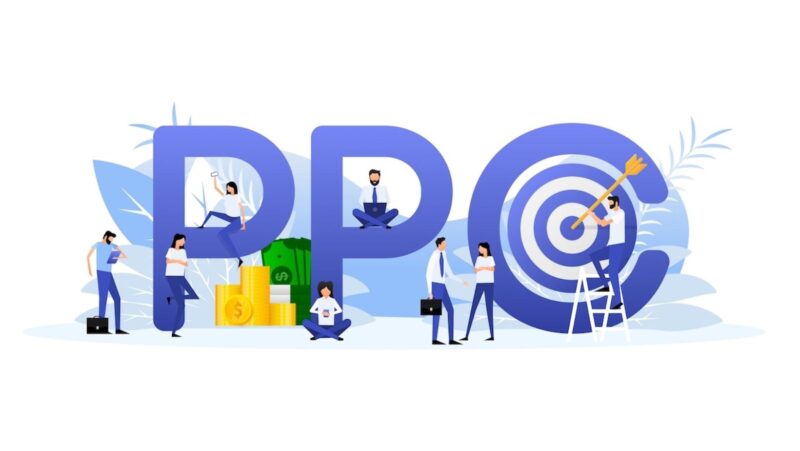
Every website has a specific problem to solve for its users. The quicker users can navigate the site and find what they need, the more likely they will stay and purchase. A design system plays a crucial role in achieving this by bringing together the visual and functional elements of a product, helping users easily grasp the interface and access the information they seek.
What is a Design System?
A design system is a structured set of guidelines and tools that represent a brand’s values and make creating, testing, and updating products easier. The main goal is to make sure that products have a consistent look and work the same way on all platforms. A good example of a design system in everyday life is traffic signs. No matter where you are, you can easily recognize a crosswalk or speed limit sign because they all look the same.
The idea of a design system started in the mid-20th century and was first used for physical products. Companies would make a variety of products with similar packaging styles, shapes, and key elements, making it easy for customers to identify items from a specific brand. When the internet came about, and web design evolved, this concept moved online, but not right away.
Many business owners initially wanted their websites to be unique and diverse. However, as time passed, design trends and user expectations made it necessary to follow specific design standards. A design system is not just a collection of fonts, colors, and shapes. It’s the language and philosophy of designers that allow them to create products that are purposeful and clear.
Why Do Companies Need Design Systems?
Design systems are really helpful for big companies that often introduce new products or update existing ones. For example, a bank launching a new service for its customers or an international company with many digital products can benefit greatly from a design system. If a company has both a website and a mobile application, a design system makes sure that the interface and look are the same on all platforms.

The main purpose of a design system is to create unity. When a company uses a design system, its app and website will have similar design elements, making it easier for customers to navigate.
Another scenario where a design system proves useful is in the development of government websites. Many government sites tend to look similar, making it difficult for users, especially older individuals, to navigate them. However, by implementing a design system, any user can easily interact with the website, improving overall accessibility.
For developers and designers working on custom web design, a design system is also an essential tool. It helps to structure the interface, establish a common terminology, and reduce the time required to develop a product. For instance, without specific pages from a designer, a developer might struggle to create them. However, with a design system, the developer can confidently make the necessary pages following the established guidelines. This not only saves time but also lowers the cost of website development, page creation, and product updates, benefiting any custom web design project.
How Design Systems Enhance Workflow
Implementing a design system offers several advantages for both the company and its clients. Here are some key benefits:
● Streamlined Design Process: Designers and developers can quickly create website elements using pre-defined rules. They can use a library of ready-made shapes, colors, and patterns to simplify and speed up the creation of mockups.
● Improved Team Communication: A design system makes team communication clear. With shared guidelines, tasks are easier to handle, reducing misunderstandings and increasing efficiency.

● Increased Brand Recognition: Using a consistent style boosts the brand’s reputation and makes it more recognizable in the market. A unified design approach makes it easy for users to identify the brand, whether they’re using the website, mobile app, or other digital products.
● Attracting Talent: A clear design system makes it easier to welcome new team members because it reduces the chances of mistakes during development. Consistency allows for better teamwork and more dependable results.
● Enhanced User Experience: The developed product becomes more intuitive and accessible for clients. Users do not need to spend much time figuring out the navigation and structure of the website. If both the site and the application have a consistent style, users will feel comfortable and find it easy to use.
● Higher Quality and Competitiveness: A strong design system helps improve the quality of work and makes the company more well-known, popular, and competitive in the market.
Wrap-up
A design system can be a valuable investment for any company, particularly those frequently introducing new products. It promotes uniformity, improves user experience, and simplifies the development process, ultimately cutting costs and attracting more customers in the long term. Whether for a large corporation or a government website, a design system is a potent tool that ensures consistency, effectiveness, and brand cohesion across all digital platforms, making it an essential component of any custom web design strategy.












